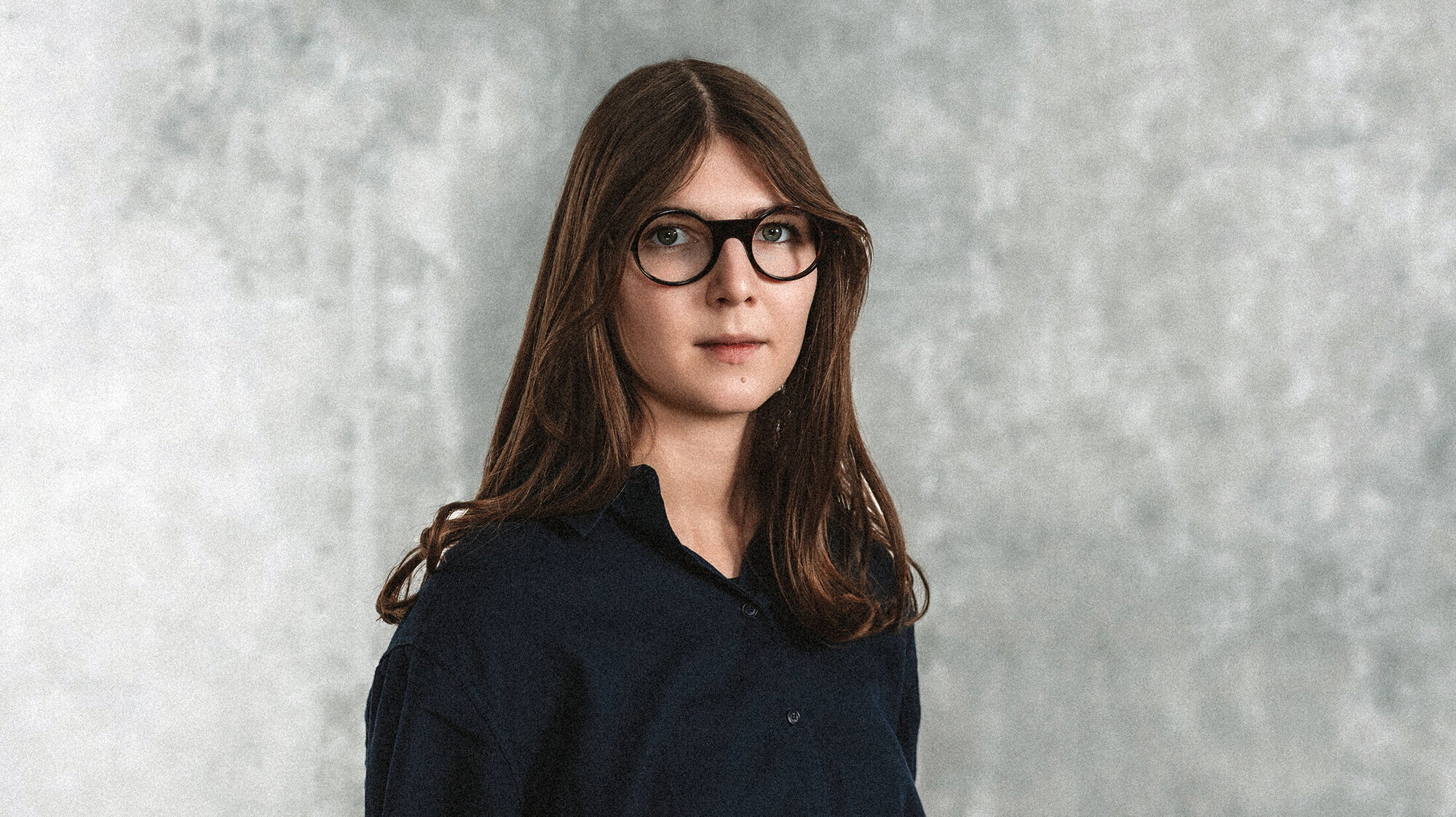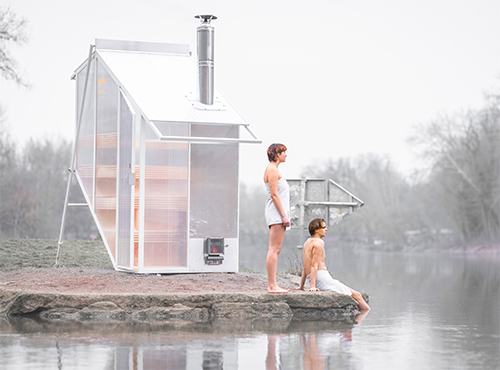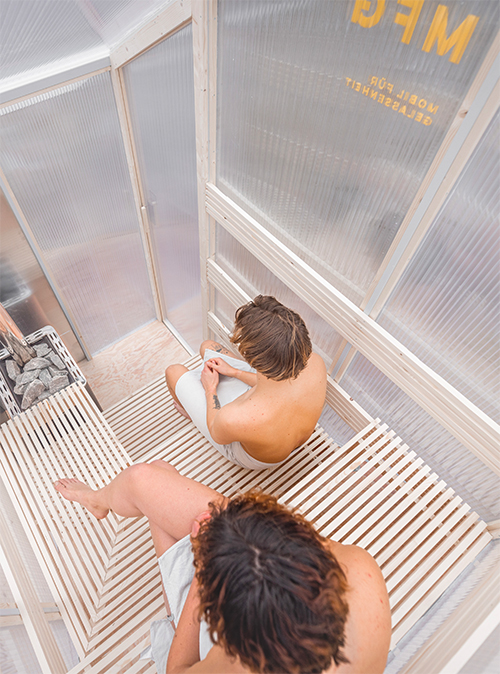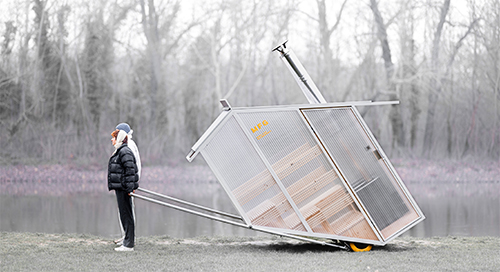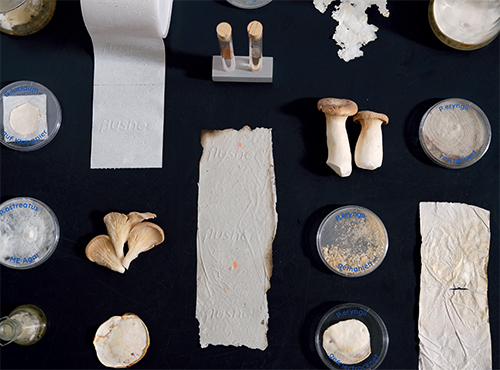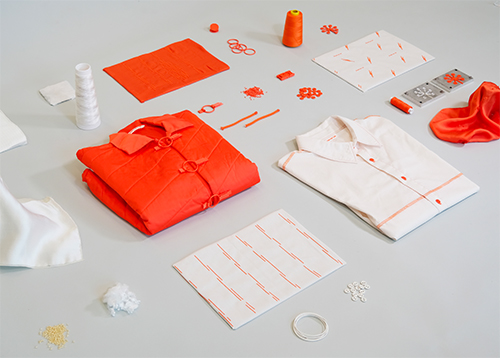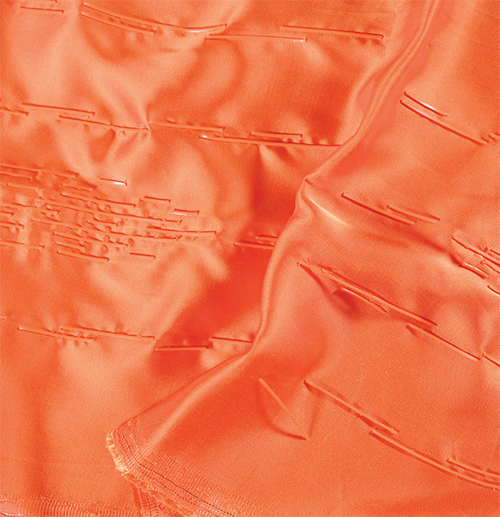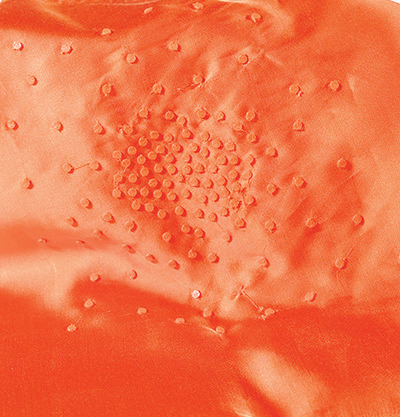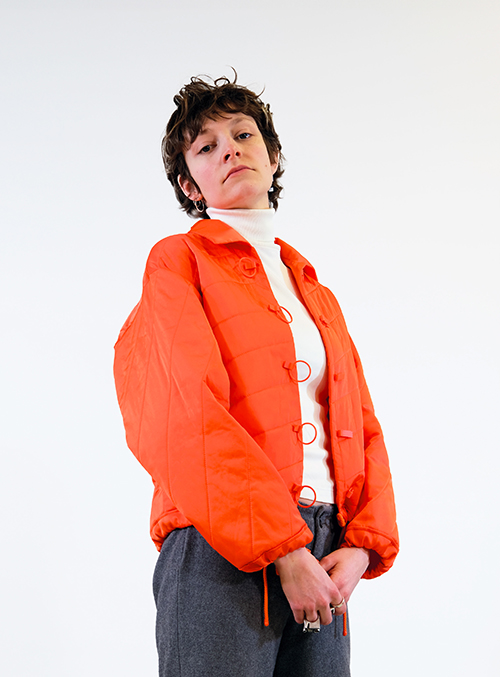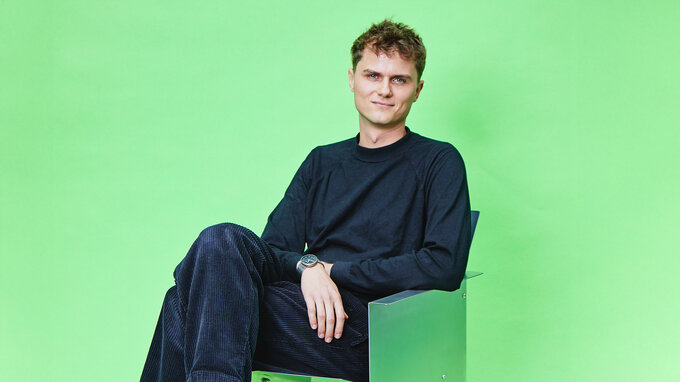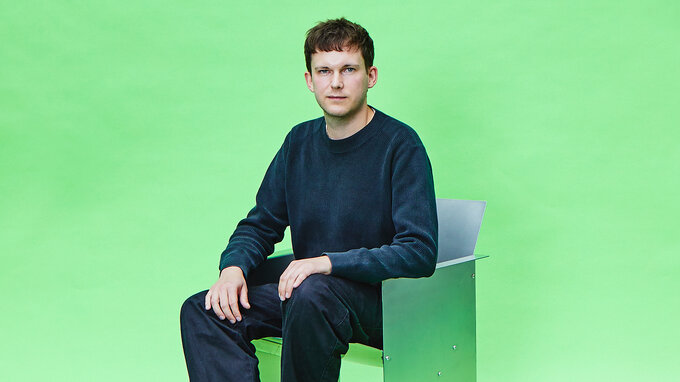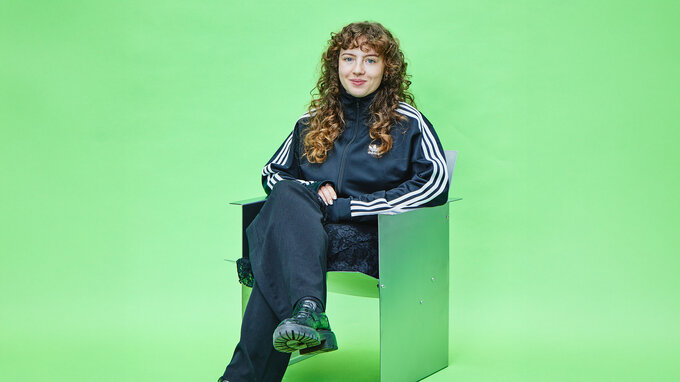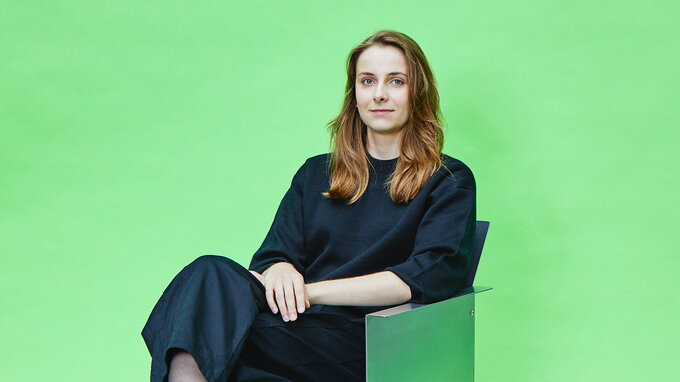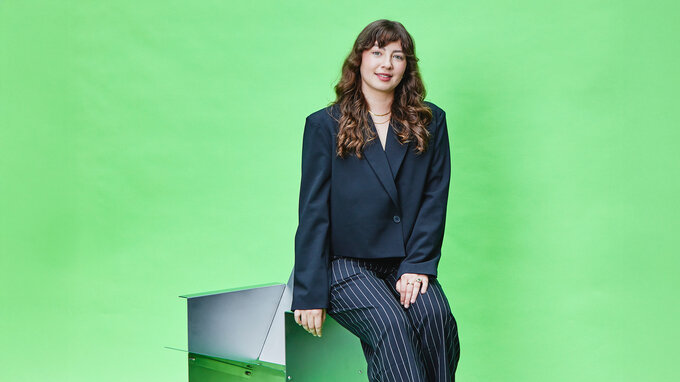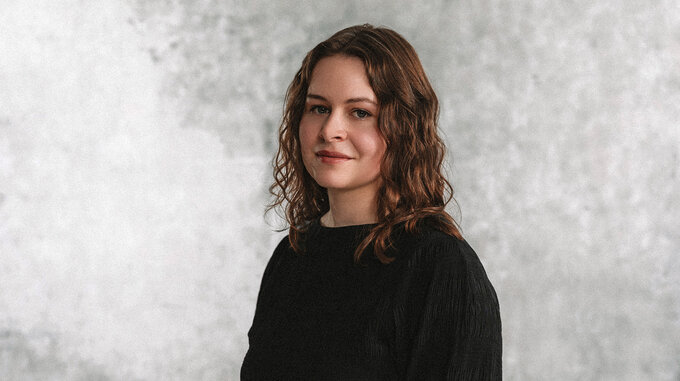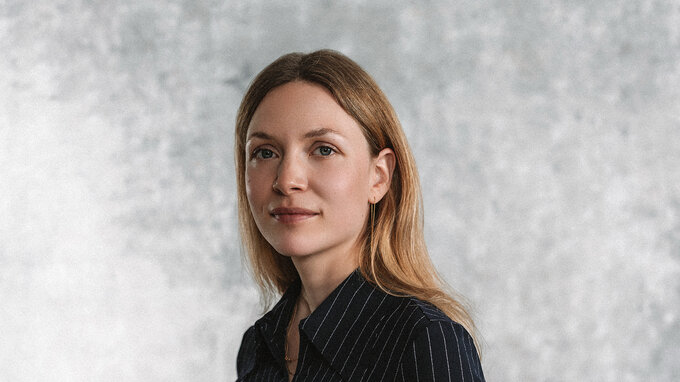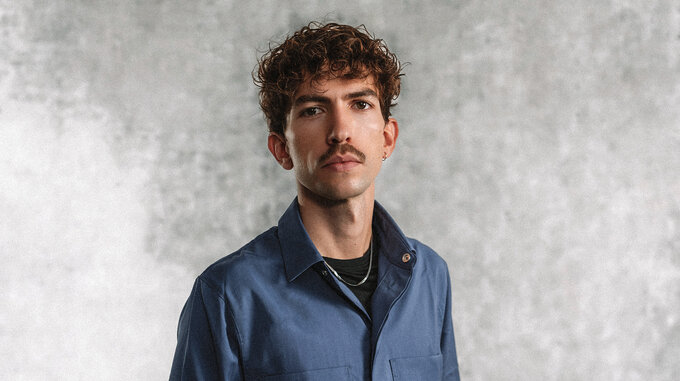Sophia Reißenweber
Sophia Reißenweber is an industrial designer working at the intersection of material research, biotechnology, and industry. She firmly believes that we must urgently advance social and ecological transformation processes through design. Her goal is to develop resilient systems and future-proof products using research-based design methods. The use of new technologies and local waste materials plays a central role in closing material loops and creating sustainable solutions. Sophia Reißenweber combines creative approaches with innovative research to design products that meet both societal needs and environmental requirements.
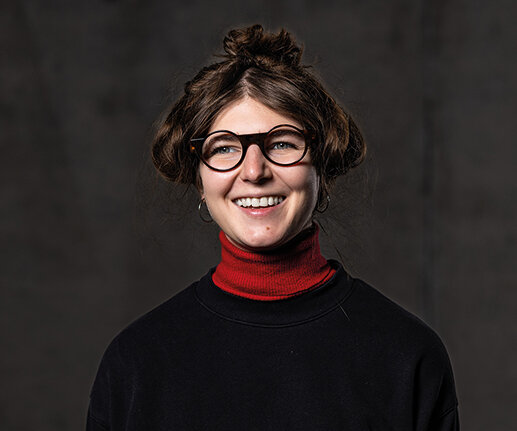
Interview with Sophia Reißenweber
How does scientific research influence your creative processes and idea generation?
Material research is a central part of my design processes, as it allows me to reassess the potential of raw materials and waste. I ask myself: How can we use resources more efficiently, close material loops locally – through biotechnological processes, for example – and integrate these solutions into our daily lives? From old textiles to chicken feathers: industrial by-products often contain untapped potential. In my work, I explore these possibilities based on solid scientific findings, make them visible, and communicate them through tangible material examples and prototypes.
Your project "Break-up Lab" deals with recycling strategies. How do you see the role of design in tackling ecological challenges?
Visits to recycling centres, sorting facilities, or waste incineration plants vividly highlight the responsibility we have as designers and serve as a strong motivator for me. Recently, I was inspired by a process I observed during a visit to an old paper mill. In the 18th century, a so-called Faulebecken (rotting basin) used microorganisms to initiate a recycling process – old rags were broken down into fibres, enabling the production of paper and cardboard.
By observing processes and engaging with stakeholders, it becomes clear not only where current systems face challenges but also what potential and needs lie behind them. I’m especially motivated by the fact that my design methods promote multidisciplinary collaboration, creating forward-thinking synergies between research and industry.
My design approach aims to drive change by not only developing products and processes but also testing alternative systems and behaviours, making them accessible through design. Exploring innovative business and service strategies plays a major role in this, such as creating new incentives for returning used products after their life cycle or encouraging repairability. This could help decouple economic growth from resource consumption – a goal I strive to advance with my work.
How do you define your design approach? In which project is this particularly evident, and under what conditions does it succeed?
I consider the entire life cycle of a product right from the start – including its end-of-life and beyond. Another crucial aspect is the development of regional material flows and the communication of the potential behind them. I examine materials and products in their complex contexts and from multiple perspectives. This involves collaborating with experts from research, environmental sciences, and industry, which is essential to identify current challenges and evaluate ideas and opportunities effectively.
By working with local stakeholders, complex collaborations emerge. For example, locally available waste materials such as old textiles can become raw materials in biotechnological processes, ultimately creating new value chains.
Which aspects of sustainability are most important to you, and how do you implement them in your projects?
My goal is to design according to societal and ecological needs. This means keeping products in use for as long as possible before considering recycling. First and foremost, waste must be reduced, and reuse promoted by designing products to be durable, repairable, and adaptable – and ideally produced locally. In the design process, I ask myself from the outset: What happens at the end of a product’s life cycle? What alternative and innovative usage and business models do we need to make this possible?
I’m also interested in what steps we need to take to drive societal change. Industrial design is highly relevant in this context because design can be a tool for community building, participation, and cultural development – far beyond mere aesthetic or formal self-expression.
What do you hope for in your professional practice, from the economy, society, and politics?
I hope that my skills as an industrial designer will be recognised beyond the design sphere to help drive forward sustainable processes. I also hope that industry and business will acknowledge the urgency and potential of this work to enable more sustainable production and consumption practices.

